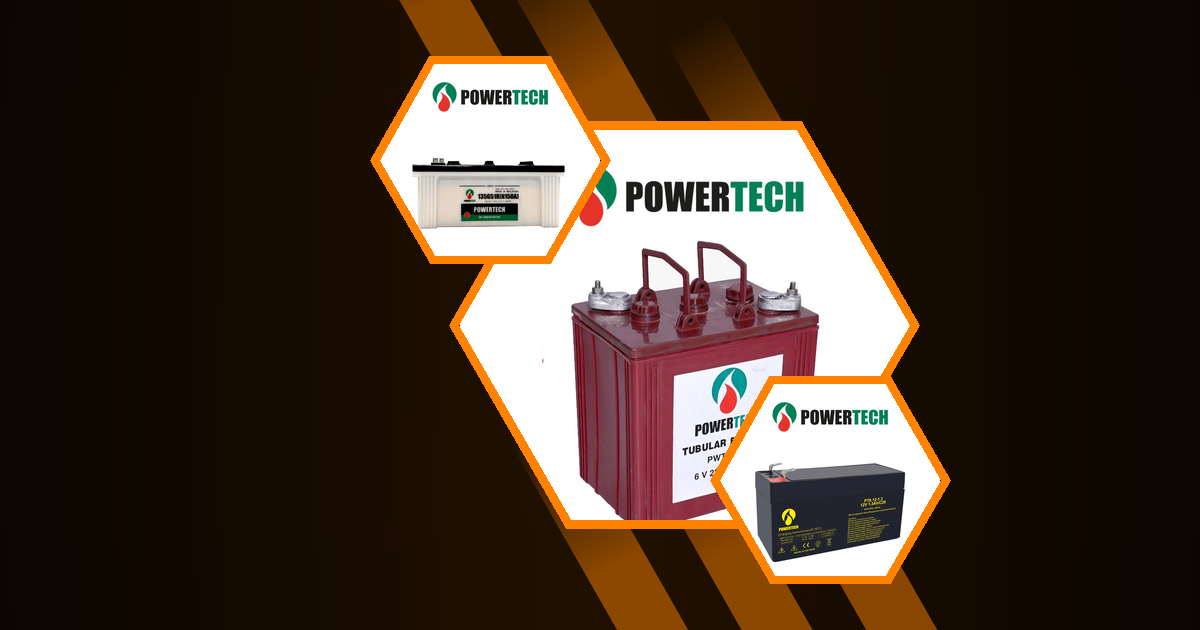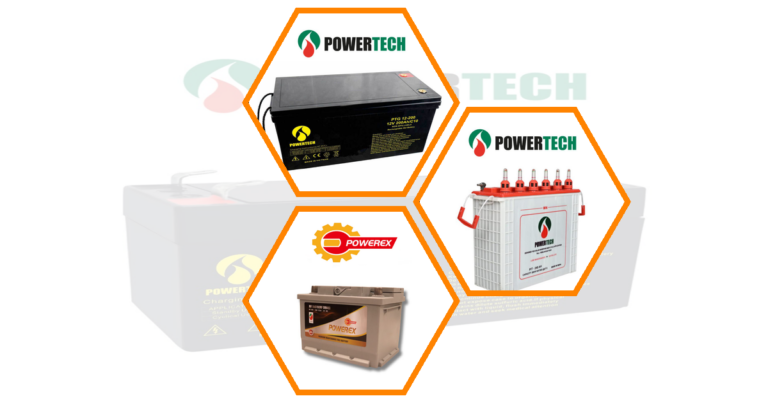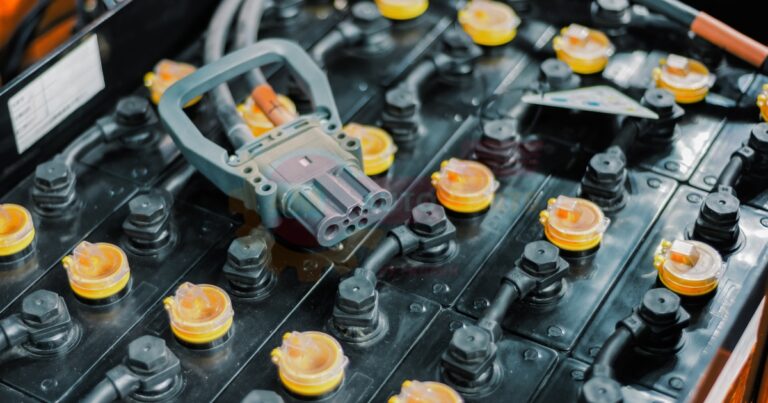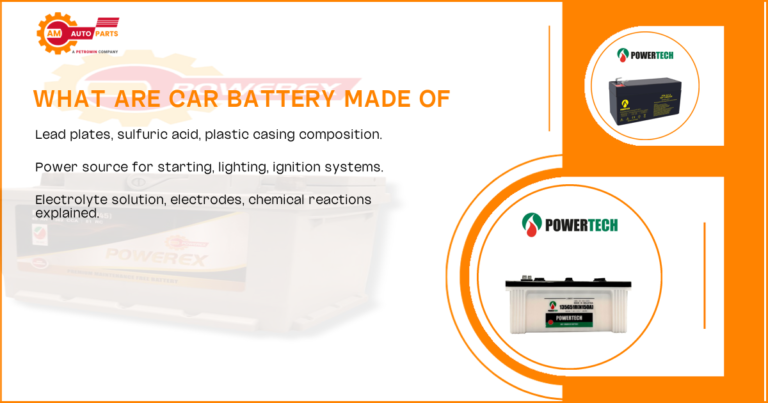Car battery issues can be a major inconvenience, especially when they involve leakage, corrosion, or acid leaks. Understanding these problems is crucial for maintaining your vehicle’s performance and safety. In this article, we’ll explore the causes, signs, and solutions for car battery leakage, corrosion, and acid leaks, providing you with the knowledge to handle and prevent these issues effectively.
Understanding Car Battery Leakage, Corrosion, and Acid Leaks
Car batteries are essential for powering your vehicle’s electrical systems. However, they can sometimes develop problems like leakage, corrosion, and acid leaks. These issues can lead to reduced battery performance and even damage to your vehicle.
Common Causes of Battery Leakage
Battery leakage can occur due to several reasons. One common cause is overcharging, which can lead to excessive pressure inside the battery, causing it to leak. Physical damage to the battery case, such as cracks or punctures, can also result in leakage. Additionally, the age and wear of the battery can contribute to this problem, as older batteries are more prone to developing leaks.
- Overcharging
- Physical damage
- Age and wear
Signs of Battery Corrosion
Corrosion is a common issue with car batteries and can be identified by a white or bluish powdery substance around the battery terminals. This corrosion can impede the flow of electricity, leading to starting problems and reduced battery efficiency. Regular inspection of the battery terminals can help you spot corrosion early and take corrective action.
- White or bluish powder
- Impeded electricity flow
- Starting problems
Identifying Acid Leaks in Car Batteries
Acid leaks are a serious issue that can cause damage to your vehicle and pose safety risks. You can identify acid leaks by looking for wet spots or discoloration around the battery. Additionally, a strong sulfuric smell may indicate an acid leak. If you suspect an acid leak, it’s important to address it immediately to prevent further damage.
- Wet spots or discoloration
- Strong sulfuric smell
- Immediate attention required
Why Do Car Batteries Leak Acid?
Understanding the reasons behind acid leaks can help you prevent them. Several factors can contribute to this problem, including overcharging, physical damage, age, and exposure to extreme temperatures.
Overcharging and Its Effects
Overcharging a car battery can cause the electrolyte inside to expand, leading to leaks. This happens when the alternator or charger supplies too much voltage, causing the battery to overheat and release acid. To prevent overcharging, ensure your charging system is functioning correctly and avoid leaving the battery on charge for extended periods.
- Electrolyte expansion
- Overheating
- Proper charging system maintenance
Physical Damage to the Battery Case
Physical damage to the battery case, such as cracks or punctures, can result in acid leaks. This damage can occur due to accidents, improper handling, or exposure to harsh conditions. Regularly inspecting the battery for any signs of damage can help you address issues before they lead to leaks.
- Cracks or punctures
- Accidents or improper handling
- Regular inspection
Age and Wear of the Battery
As car batteries age, their components can degrade, making them more susceptible to leaks. The wear and tear over time can weaken the battery’s structure, leading to potential acid leaks. Replacing an old battery before it fails can prevent leaks and ensure your vehicle runs smoothly.
- Component degradation
- Weakened structure
- Timely replacement
Exposure to Extreme Temperatures
Extreme temperatures, whether hot or cold, can affect the integrity of a car battery. High temperatures can cause the battery to overheat, while cold temperatures can lead to freezing and expansion of the electrolyte. Both scenarios can result in acid leaks, so it’s important to protect your battery from extreme weather conditions.
- Overheating or freezing
- Electrolyte expansion
- Weather protection
How to Spot Battery Acid Leaks and Corrosion
Detecting battery acid leaks and corrosion early can prevent further damage to your vehicle. Here are some ways to identify these issues.
Visual Indicators of Battery Leakage
Visual inspection is one of the easiest ways to spot battery leaks. Look for any wet spots, discoloration, or corrosion around the battery terminals. These signs can indicate a leak or corrosion that needs to be addressed.
- Wet spots or discoloration
- Corrosion around terminals
- Regular visual inspection
Smell and Texture of Battery Acid
Battery acid has a distinct sulfuric smell that can be a clear indicator of a leak. Additionally, the texture of the leaked acid can be sticky or oily. If you notice these signs, it’s important to take action immediately to prevent further damage.
- Distinct sulfuric smell
- Sticky or oily texture
- Immediate action required
Using a Multimeter to Detect Leaks
A multimeter can be a useful tool for detecting battery leaks. By measuring the voltage and resistance, you can identify any irregularities that may indicate a leak. Regularly testing your battery with a multimeter can help you catch leaks early and address them promptly.
- Voltage and resistance measurement
- Identifying irregularities
- Regular testing
Safety Precautions for Handling Leaking Car Batteries
Handling a leaking car battery requires caution to ensure your safety. Here are some safety precautions to keep in mind.
Protective Gear and Equipment
When dealing with a leaking battery, it’s important to wear protective gear such as gloves and goggles to prevent acid exposure. Additionally, using the right tools and equipment can help you handle the battery safely and effectively.
- Gloves and goggles
- Proper tools and equipment
- Preventing acid exposure
Proper Disposal Methods
Disposing of a leaking battery requires following proper procedures to prevent environmental harm. Many auto parts stores and recycling centers accept old batteries for safe disposal. Ensure you follow local regulations and guidelines when disposing of a leaking battery.
- Auto parts stores and recycling centers
- Following local regulations
- Preventing environmental harm
First Aid for Battery Acid Exposure
In case of battery acid exposure, it’s important to act quickly. Rinse the affected area with plenty of water and seek medical attention if necessary. Having a first aid kit on hand can help you respond effectively to acid exposure incidents.
- Rinsing with water
- Seeking medical attention
- First aid kit availability
Cleaning and Preventing Battery Corrosion
Preventing battery corrosion can extend the life of your battery and improve its performance. Here are some ways to clean and prevent corrosion.
DIY Cleaning Solutions for Battery Terminals
You can clean battery terminals using a simple DIY solution of baking soda and water. This mixture can neutralize the acid and remove corrosion buildup. Regular cleaning can help maintain good electrical contact and prevent starting issues.
- Baking soda and water solution
- Neutralizing acid
- Regular cleaning
Professional Cleaning Services
If you’re not comfortable cleaning the battery terminals yourself, professional cleaning services are available. These services can ensure thorough cleaning and maintenance of your battery, helping to prevent corrosion and extend its lifespan.
- Thorough cleaning
- Maintenance services
- Extending battery lifespan
Preventive Measures to Avoid Corrosion
Taking preventive measures can help you avoid battery corrosion. Applying a protective coating to the terminals and ensuring a secure connection can prevent moisture and acid buildup. Regularly checking the battery for signs of corrosion can also help you address issues early.
- Protective coating
- Secure connection
- Regular checks
The Impact of Battery Leakage on Vehicle Performance
Battery leakage can have a significant impact on your vehicle’s performance. Here are some potential issues that can arise from a leaking battery.
Electrical System Issues
A leaking battery can cause problems with your vehicle’s electrical system. Acid leaks can damage wiring and connectors, leading to electrical malfunctions and reduced performance. Addressing leaks promptly can prevent these issues and maintain your vehicle’s reliability.
- Wiring and connector damage
- Electrical malfunctions
- Prompt leak addressing
Engine Starting Problems
Battery leaks can lead to starting problems, as the acid can corrode the terminals and impede the flow of electricity. This can result in slow or failed engine starts, leaving you stranded. Regular maintenance and inspection can help prevent starting issues caused by leaks.
- Corroded terminals
- Impeded electricity flow
- Regular maintenance
Potential Damage to Other Components
Acid leaks can cause damage to other components of your vehicle, such as the alternator and starter motor. The corrosive nature of the acid can lead to costly repairs and replacements. Preventing leaks can help you avoid damage to these critical components.
- Alternator and starter motor damage
- Costly repairs
- Leak prevention
When to Replace a Leaking or Corroded Battery
Knowing when to replace a leaking or corroded battery is crucial for maintaining your vehicle’s performance. Here are some signs that indicate replacement is necessary.
Signs That Indicate Replacement Is Necessary
If you notice frequent starting problems, visible leaks, or excessive corrosion, it may be time to replace your battery. These signs indicate that the battery is no longer functioning properly and needs to be replaced to ensure reliable performance.
- Frequent starting problems
- Visible leaks
- Excessive corrosion
Choosing the Right Replacement Battery
When replacing a battery, it’s important to choose the right one for your vehicle. Consider factors such as size, capacity, and brand reputation when selecting a replacement battery. Consulting your vehicle’s manual or a professional can help you make the right choice.
- Size and capacity considerations
- Brand reputation
- Professional consultation
Professional Installation vs. DIY Replacement
Deciding between professional installation and DIY replacement depends on your comfort level and expertise. Professional installation ensures proper handling and connection, while DIY replacement can save you money. Weigh the pros and cons to determine the best option for you.
- Proper handling and connection
- Cost savings
- Weighing pros and cons
Environmental Impact of Car Battery Leakage and Proper Disposal
Car battery leakage can have environmental consequences if not handled properly. Here are some considerations for minimizing the impact.
Recycling Options for Old Batteries
Recycling old batteries is an environmentally responsible way to dispose of them. Many recycling centers and auto parts stores accept used batteries for recycling. This helps prevent harmful chemicals from entering the environment and conserves valuable resources.
- Recycling centers and auto parts stores
- Preventing environmental harm
- Conserving resources
Hazardous Waste Regulations
Proper disposal of car batteries is regulated by hazardous waste laws. These regulations ensure that batteries are disposed of safely and responsibly. Familiarize yourself with local regulations to ensure compliance and protect the environment.
- Hazardous waste laws
- Safe and responsible disposal
- Local regulation compliance
Eco-Friendly Battery Alternatives
Consider using eco-friendly battery alternatives to reduce your environmental impact. Options such as lithium-ion or nickel-metal hydride batteries offer improved performance and reduced environmental harm. Researching and choosing eco-friendly options can contribute to a more sustainable future.
- Lithium-ion and nickel-metal hydride batteries
- Improved performance
- Sustainable future
According to the U.S. Environmental Protection Agency, about 99% of lead-acid batteries are recycled, making them one of the most recycled consumer products. This highlights the importance of proper disposal and recycling to minimize environmental impact.
By understanding and addressing car battery leakage, corrosion, and acid leaks, you can ensure your vehicle’s performance and safety while minimizing environmental harm. Regular maintenance, proper handling, and responsible disposal are key to preventing and managing these issues effectively.
FAQs
What Does It Mean If Your Battery Is Leaking Acid?
If your battery is leaking acid, it means there is a breach in the battery’s casing or internal components. This can result from overcharging, physical damage, or age-related wear. Addressing the leak promptly is important to prevent further damage and ensure safety.
How Do You Fix a Leaking Car Battery?
Fixing a leaking car battery involves identifying the source of the leak and addressing it. In some cases, sealing the leak may be possible, but often, replacing the battery is the best solution. Consulting a professional can help you determine the best course of action.
Can I Drive with a Leaking Car Battery?
Driving with a leaking car battery is not recommended. A leaking battery can cause damage to your vehicle’s electrical system and pose safety risks. It’s important to address the leak immediately to prevent further damage and ensure your safety on the road.






